Home>Furniture>Outdoor Furniture>How Much Does It Cost To Have A Paver Patio Installed


Outdoor Furniture
How Much Does It Cost To Have A Paver Patio Installed
Modified: March 24, 2024
Looking to enhance your outdoor space? Discover the cost of installing a paver patio and create the perfect setting for your outdoor furniture.
(Many of the links in this article redirect to a specific reviewed product. Your purchase of these products through affiliate links helps to generate commission for Storables.com, at no extra cost. Learn more)
Introduction:
Creating an outdoor space where you can relax, entertain, and enjoy the beauty of nature is a wonderful addition to any home. One popular and aesthetic choice for enhancing your outdoor living space is to have a paver patio installed. Not only does a paver patio provide a durable and long-lasting foundation, but it also adds elegance and functionality to your outdoor area.
However, before embarking on a paver patio project, it’s essential to understand the cost involved. Having a clear understanding of the various factors that contribute to the overall cost will help you plan your budget effectively and make informed decisions.
In this article, we will explore the factors that influence the cost of a paver patio installation, including material costs, labor costs, and additional expenses. Additionally, we will discuss the pros and cons of DIY versus hiring professionals to help you determine which option is best for you.
So, if you’re ready to transform your outdoor living space with a stunning paver patio, let’s dive into the details and discover how much it will cost.
Key Takeaways:
- Installing a paver patio involves considering factors like size, material, design complexity, and labor. Costs vary based on material selection, site preparation, and additional features, so plan your budget wisely.
- Deciding between DIY and hiring professionals for a paver patio installation involves weighing cost savings, expertise, and long-term durability. Careful planning and research will help you create a stunning outdoor space.
Read more: How Much Does It Cost To Seal A Paver Patio
Factors Affecting the Cost of a Paver Patio Installation:
When it comes to the cost of installing a paver patio, several factors come into play. Understanding these factors will help you estimate the overall cost and make informed decisions. Let’s delve into the key factors that influence the cost of a paver patio installation.
1. Size of the Patio:
The size of the patio is one of the most significant factors affecting the cost. The larger the area, the more materials and labor will be required, resulting in higher costs. Consider the intended use of the patio and measure the space accurately to determine the size that suits your needs and budget.
2. Material Selection:
The type of paver material you choose will directly impact the cost. There is a wide range of paver options available, such as concrete, brick, natural stone, and more. Each material has its unique characteristics, durability, and price point. Natural stone tends to be more expensive, while concrete is a cost-effective option.
3. Complexity of Design:
If you desire intricate patterns or complex designs for your paver patio, it will require more time and effort during installation. This complexity can increase the labor costs, as well as the need for additional materials like edging, adhesive, and sealants.
Read more: How Much Does A 20X20 Paver Patio Cost?
4. Accessibility:
The accessibility of your outdoor space plays a role in the cost of installation. If the patio area is difficult to access or requires additional equipment or labor to transport materials, it may add to the overall cost.
5. Site Preparation:
Proper site preparation is crucial for a successful and long-lasting patio. Clearing the area, removing any existing structures, leveling the ground, and ensuring proper drainage are essential steps. The condition of the site and the amount of preparation required will impact the overall cost.
6. Additional Features:
Adding extra features like fire pits, seating walls, lighting, or landscaping around the patio will increase the cost. These features can provide added functionality and enhance the overall aesthetics of your outdoor space.
It’s worth noting that the cost of a paver patio installation can vary significantly depending on your location and the contractor you choose. It’s recommended to get multiple quotes from reputable professionals to ensure you’re getting a fair price.
Now that you understand the key factors influencing the cost, let’s dive into the specifics of material costs, labor costs, and additional expenses.
Material Costs:
When it comes to the cost of a paver patio installation, materials account for a significant portion of the overall expenses. The type of material you select will not only affect the aesthetic appeal of your patio but also the cost. Let’s take a closer look at the different materials and their associated costs.
Read more: How Much Does It Cost For A Paver Driveway
1. Concrete:
Concrete pavers are a popular and cost-effective choice for patios. They come in various sizes, colors, and patterns, allowing for a versatile design. On average, concrete pavers can range from $3 to $10 per square foot, depending on the quality and design complexity.
2. Brick:
Brick pavers are known for their classic and timeless appeal. They are durable and provide a charming aesthetic to any outdoor space. Brick pavers typically cost around $7 to $15 per square foot, depending on the specific style and manufacturer.
3. Natural Stone:
Natural stone pavers offer an upscale and luxurious look. They are available in materials like granite, travertine, and sandstone, each with its own unique characteristics. However, natural stone pavers tend to be the most expensive option, ranging from $10 to $30 or more per square foot.
4. Other Materials:
In addition to the commonly used materials mentioned above, there are other options available, such as interlocking clay pavers, porcelain pavers, and composite pavers. These materials may have different price ranges depending on their quality, durability, and aesthetic appeal.
Aside from the pavers themselves, there are other materials required for the installation process, such as gravel base, bedding sand, and joint sand. These materials ensure proper stability and prevent shifting or settling of the pavers. The cost of these additional materials will depend on the size of your patio and the specific requirements of the project.
Keep in mind that these prices are averages, and the actual cost may vary depending on your location, supplier, and any additional features or customization you choose for your paver patio.
Now that we have covered material costs, let’s move on to discussing the labor costs involved in a paver patio installation.
Read more: How Much Does A Paver Walkway Cost
Labor Costs:
While material costs make up a significant portion of the overall expenses for a paver patio installation, labor costs are another important factor to consider. It is crucial to have skilled professionals handle the installation process to ensure a high-quality and long-lasting patio. Let’s explore the labor costs involved in a paver patio installation.
1. Site Preparation:
The first step in the installation process is site preparation, which includes clearing the designated area, removing any existing structures, and ensuring proper drainage. The complexity of these tasks and the size of the patio will impact the labor costs associated with site preparation.
2. Excavation and Grading:
The next stage involves excavating the site to the appropriate depth and grading it to ensure a level and stable foundation for the paver patio. This process requires knowledge and expertise to ensure proper drainage and prevent any shifting or settling of the pavers. The labor costs for excavation and grading will depend on the size and complexity of the patio area.
3. Paver Installation:
The actual installation of the pavers is a labor-intensive process that requires precision and attention to detail. This includes laying the pavers in the desired pattern, cutting them to fit the edges, and ensuring proper alignment and spacing. The complexity of the design and the type of pavers being used can affect the labor costs for installation.
Read more: How Much Does It Cost For A Patio
4. Edging and Compaction:
Edging is necessary to secure the pavers in place and create a clean and finished look for the patio. Additionally, compaction of the pavers ensures stability and longevity. Both edging and compaction require expertise and careful handling, impacting the labor costs of the installation process.
5. Finishing Touches:
Once the pavers are installed, there may be additional finishing touches that require labor, such as applying sealant or joint sand to enhance durability, stability, and overall aesthetics. These final touches contribute to the overall labor costs.
The labor costs for a paver patio installation can vary depending on factors like the complexity of the design, the experience and expertise of the contractor, and the cost of labor in your area. It is essential to obtain multiple quotes from reputable professionals to ensure you are getting a fair price for the labor involved.
Now that we have explored material costs and labor costs, let’s move on to discussing the additional expenses that may be incurred during a paver patio installation.
Additional Costs:
In addition to the material and labor costs, there are some additional expenses that you should factor into the overall cost of a paver patio installation. These costs can vary depending on your specific project requirements and any additional features or upgrades you choose. Let’s take a look at some common additional costs to consider:
1. Site Excavation and Hauling:
If your patio area requires extensive excavation or if the access to your outdoor space is limited, additional excavation and hauling costs may apply. This includes removing any existing structures, trees, or debris from the site and disposing of them properly.
Read more: How Much Does A Patio Enclosure Cost
2. Permits and Inspections:
Depending on your local regulations, you may require building permits and inspections before commencing the paver patio installation. These costs can vary, so it’s important to check with your local authorities to determine any necessary permits and associated fees.
3. Drainage System Installation:
To prevent water accumulation and ensure proper drainage, you may need to install a drainage system. This could include the installation of drain pipes, catch basins, or French drains. The complexity and size of the drainage system will impact the overall cost.
4. Foundation Enhancement:
In some cases, the soil conditions on the site may require additional measures to ensure a stable foundation for your paver patio. This could involve adding layers of compacted gravel, geotextile fabric, or other materials to improve the load-bearing capacity of the soil. The need for foundation enhancement will depend on the specific characteristics of your project site.
5. Edging and Borders:
While basic edging is typically included in the installation process, you may choose to upgrade to decorative or more durable edging options. This could include materials like concrete curbs, stone borders, or metal edging. These upgrades can add to the overall cost of the patio installation.
Read more: How Much Does A Patio Cover Cost
6. Sealing and Maintenance:
Applying a sealant to the pavers can help protect them from stains, fading, and other damage, increasing their longevity. However, sealing is an additional expense that should be considered. Additionally, regular maintenance, such as cleaning, reapplying joint sand, and addressing any damaged pavers, may also incur ongoing costs.
It’s important to discuss these additional costs with your chosen contractor or supplier to get a clear understanding of the overall expenses involved in your paver patio installation. Taking these additional costs into account will help you develop a comprehensive budget for your project.
Next, let’s compare the advantages and considerations of doing a paver patio installation DIY versus hiring professionals.
DIY vs. Hiring Professionals:
Deciding whether to tackle a paver patio installation as a DIY project or hire professionals is an important consideration that will impact both the cost and outcome of the project. Let’s compare the advantages and considerations of each option to help you make an informed decision.
DIY (Do-It-Yourself):
1. Cost Savings: One of the primary motivations for choosing a DIY approach is the potential cost savings. By taking on the project yourself, you can avoid labor costs associated with hiring professionals. However, it’s important to consider whether the time, effort, and potential mistakes incurred during the DIY process are worth the cost savings.
2. Sense of Accomplishment: Completing a paver patio installation as a DIY project can give you a sense of accomplishment and pride in creating a space with your own hands. It can be a rewarding experience for those who enjoy working on home improvement projects.
3. Flexibility and Control: DIY allows you to have full control over the design and timeline of the project. You can choose the materials, patterns, and features that suit your preferences and adjust the schedule according to your availability.
Hiring Professionals:
1. Expertise and Experience: Professional paver patio installers have the knowledge, skills, and experience to ensure a high-quality and durable result. They are familiar with the best practices, techniques, and tools required for a successful installation. Their expertise can help avoid potential mistakes and ensure a smooth process.
2. Time and Efficiency: Hiring professionals can save you valuable time and effort. They have the necessary equipment, manpower, and resources to complete the installation efficiently. Additionally, professionals have access to a wide network of suppliers, which can streamline the material sourcing and acquisition process.
3. Warranty and Guarantees: Reputable professionals often provide warranties or guarantees for their work, giving you peace of mind knowing that the project is backed by their expertise and support. This can protect you from any unexpected issues or repairs that may arise in the future.
4. Design and Customization: Professional installers can offer valuable design suggestions, helping you create a patio that perfectly fits your vision and complements your outdoor space. Their experience with various materials, patterns, and features can enhance the overall aesthetic appeal of your patio.
When deciding between a DIY approach and hiring professionals, consider your own skill level, available time and resources, and the complexity of the project. While DIY may seem cost-effective initially, it’s important to weigh the potential risks, time commitment, and long-term durability of the patio. Consulting with professionals and obtaining multiple quotes can help you make an informed decision that aligns with your budget and goals.
Now that we have explored the factors affecting the cost, material costs, labor costs, additional expenses, and DIY versus hiring professionals, you are ready to embark on your paver patio installation journey. With careful planning and consideration, you can create a stunning outdoor space that will provide years of enjoyment and add value to your home.
Read more: How Much Does Flagstone Patio Cost
Conclusion:
Transforming your outdoor space with a beautiful and functional paver patio is an exciting project that can enhance your home’s appeal and your overall quality of life. Understanding the factors that influence the cost of a paver patio installation is key to budgeting effectively and making informed decisions.
Factors such as the size of the patio, material selection, complexity of design, accessibility, site preparation, and additional features all play a role in determining the overall cost. Material costs can vary depending on the type of pavers chosen, with options ranging from cost-effective concrete to luxurious natural stone. Labor costs are influenced by site preparation, excavation, paver installation, edging, and other finishing touches.
Additional costs to consider include site excavation, permits and inspections, drainage system installation, foundation enhancement, upgraded edging and borders, as well as sealing and maintenance expenses. Evaluating these additional costs is crucial for developing a comprehensive budget.
When considering a paver patio installation, you have the option to embark on a DIY project or hire professionals. DIY offers potential cost savings and a sense of accomplishment, while professionals bring expertise, efficiency, and the assurance of warranties or guarantees.
Ultimately, the decision of whether to DIY or hire professionals depends on factors such as your skill level, available time, resources, and the complexity of the project. Obtaining multiple quotes and consulting with professionals is recommended to ensure you’re making the best choice for your specific needs.
With careful planning, thorough research, and consideration of all the necessary factors, you can create a stunning and functional outdoor living space that aligns with your vision, budget, and lifestyle. Whether you choose a simple concrete patio or an elaborate natural stone design, a well-executed paver patio installation will provide years of enjoyment and become a valuable asset to your home.
Now it’s time to turn your outdoor dreams into reality – go forth and create the perfect paver patio!
Frequently Asked Questions about How Much Does It Cost To Have A Paver Patio Installed
Was this page helpful?
At Storables.com, we guarantee accurate and reliable information. Our content, validated by Expert Board Contributors, is crafted following stringent Editorial Policies. We're committed to providing you with well-researched, expert-backed insights for all your informational needs.
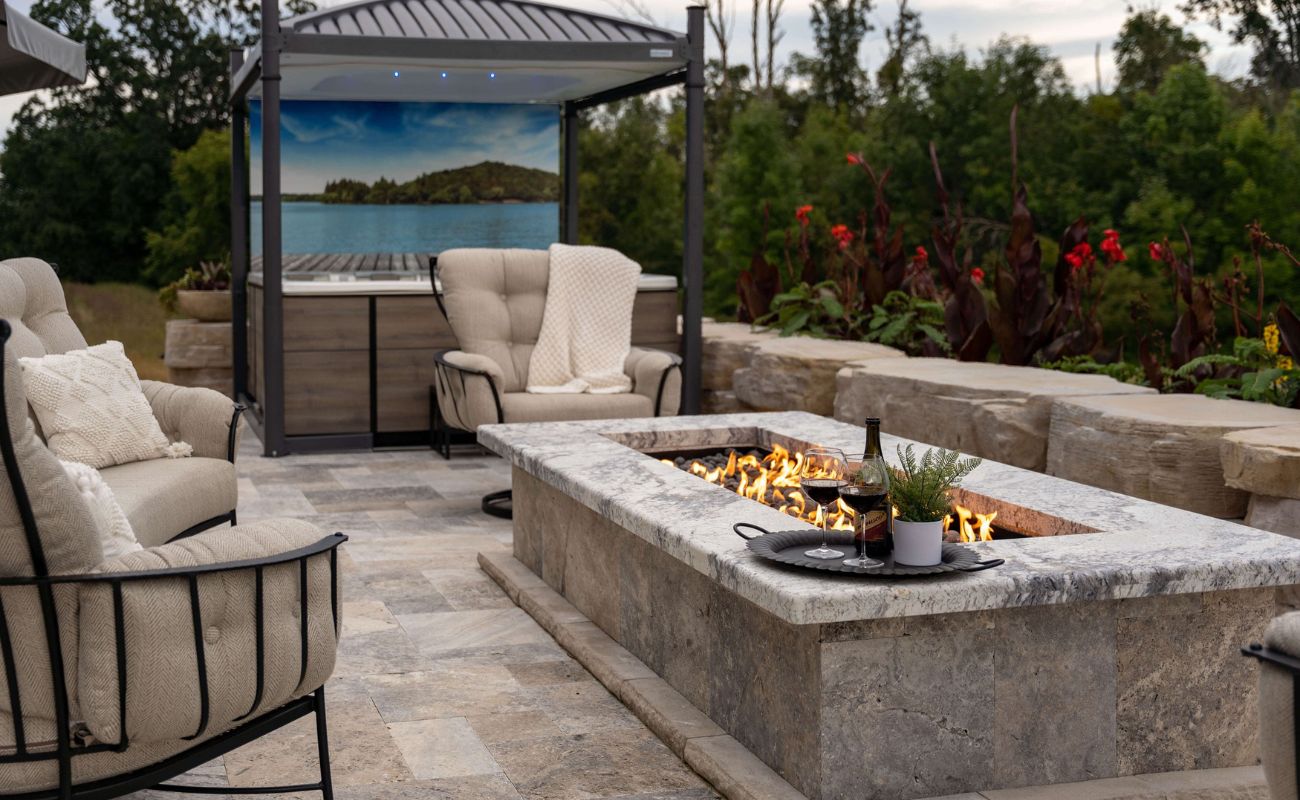
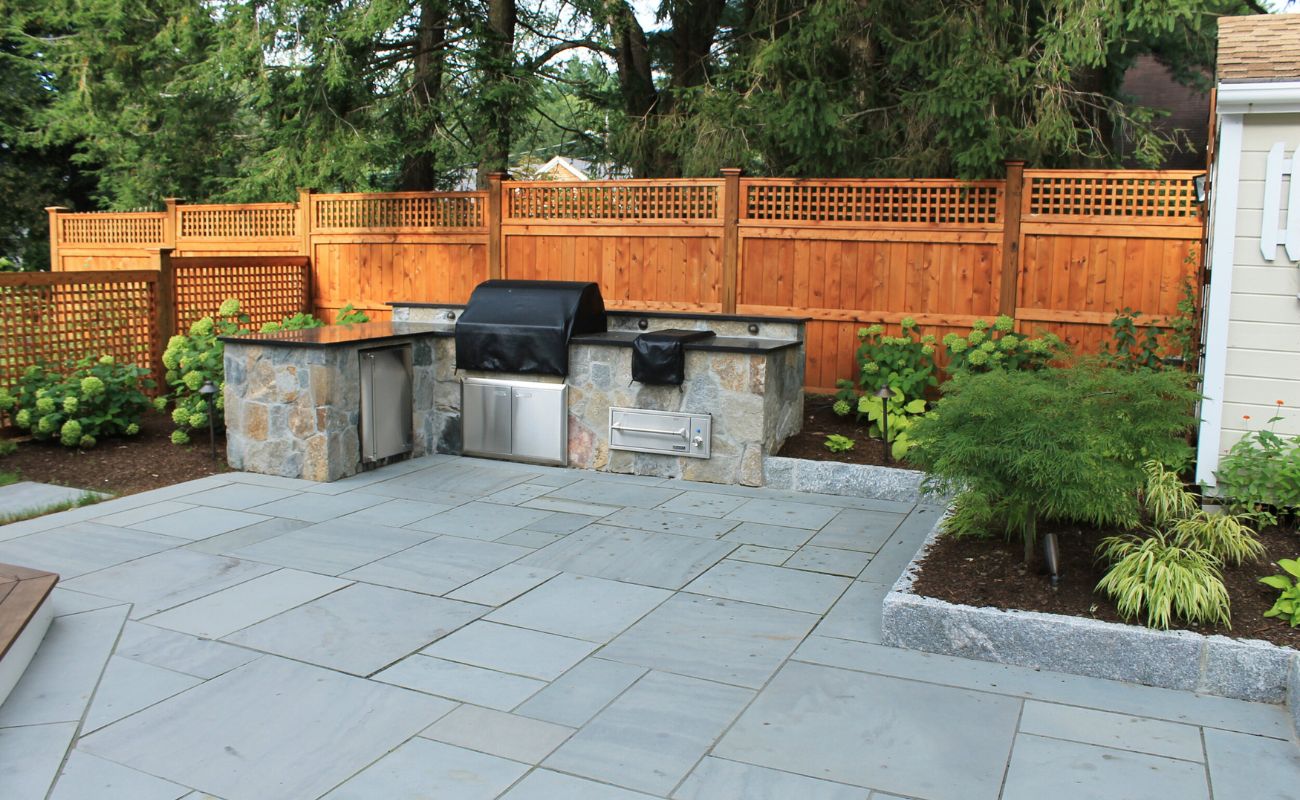
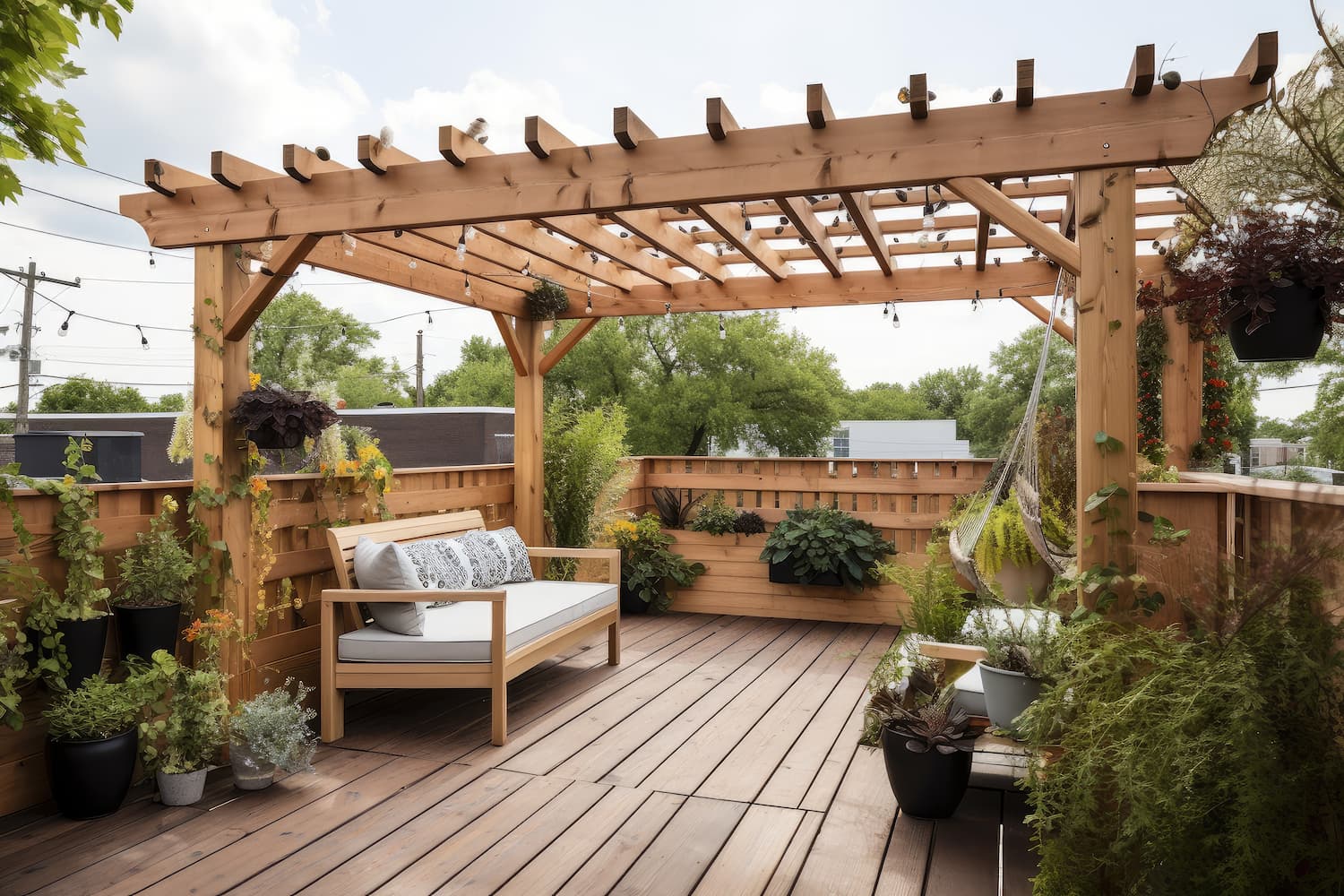
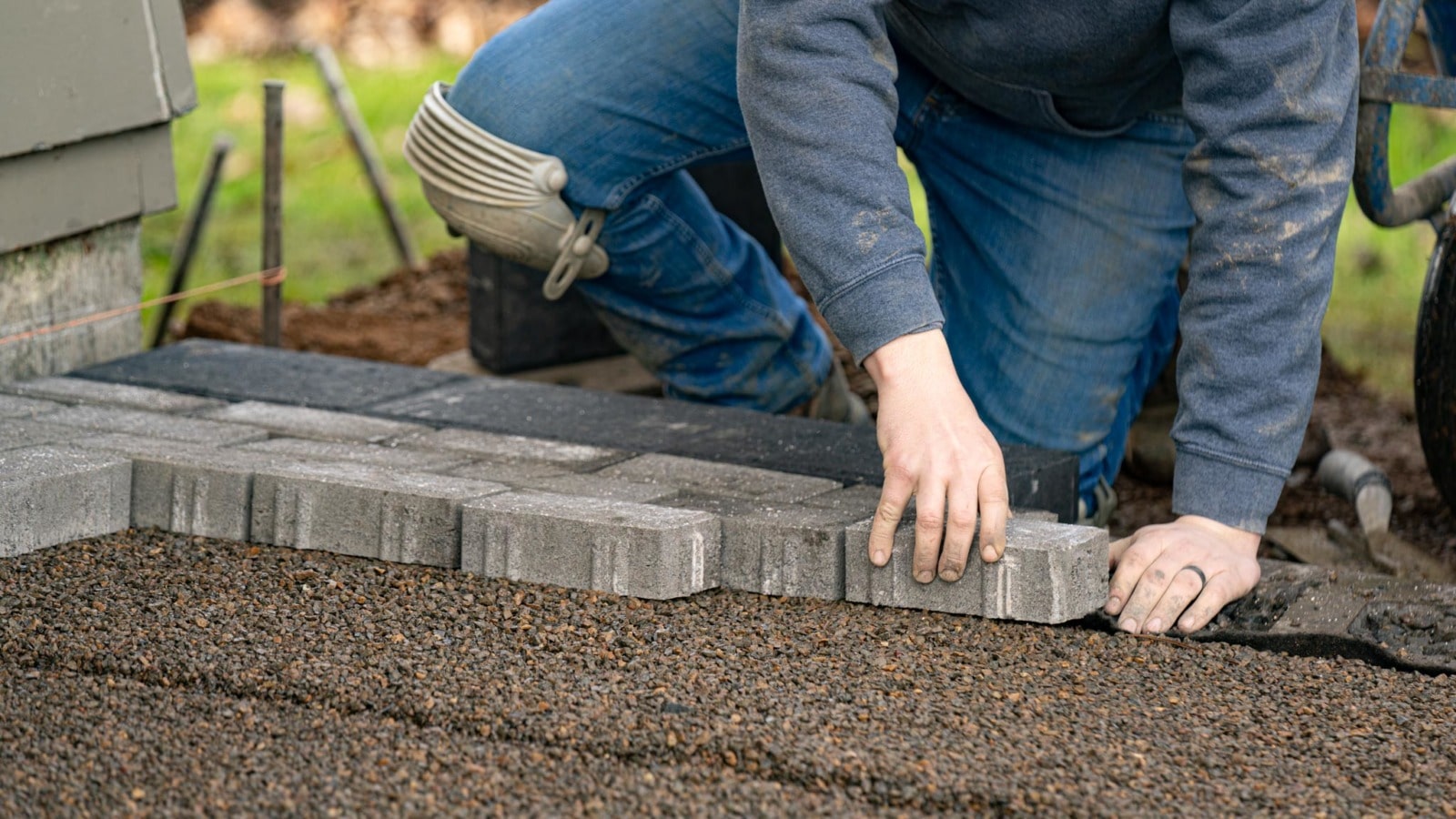
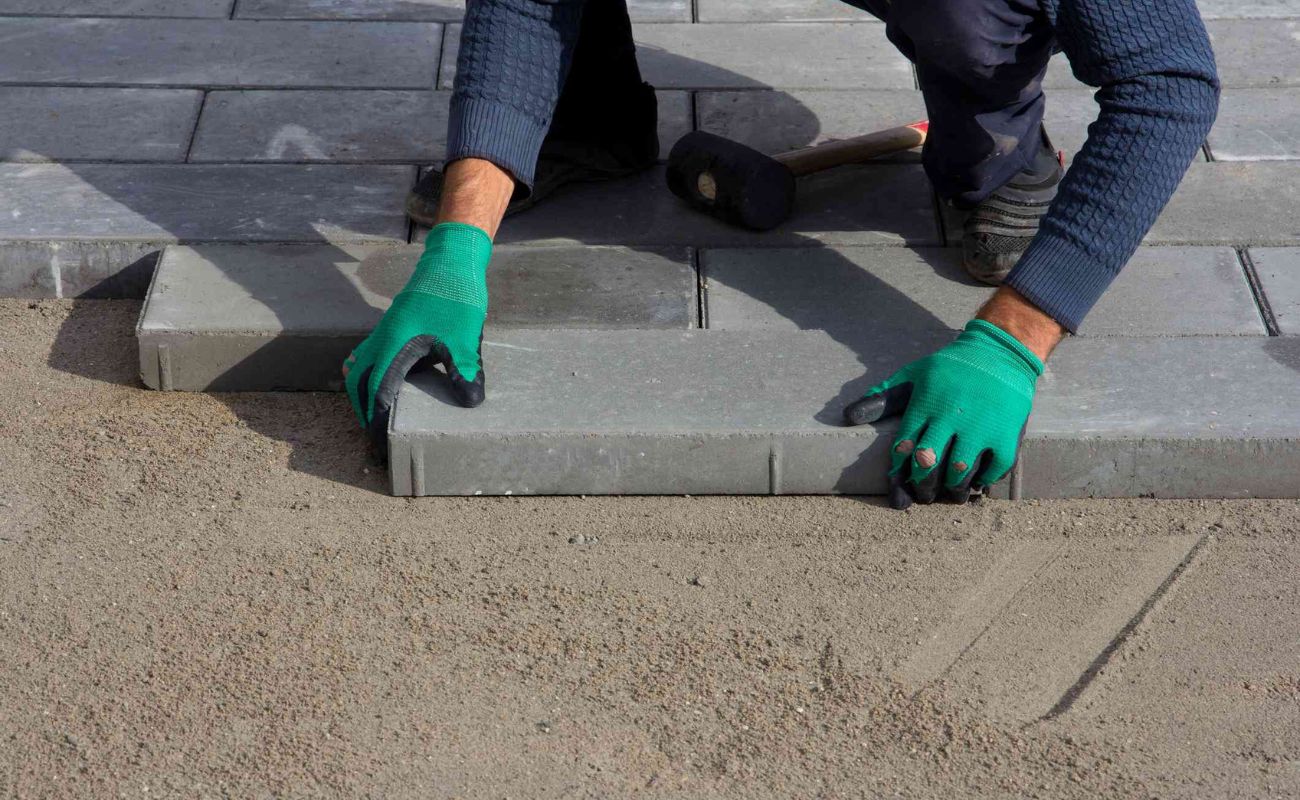

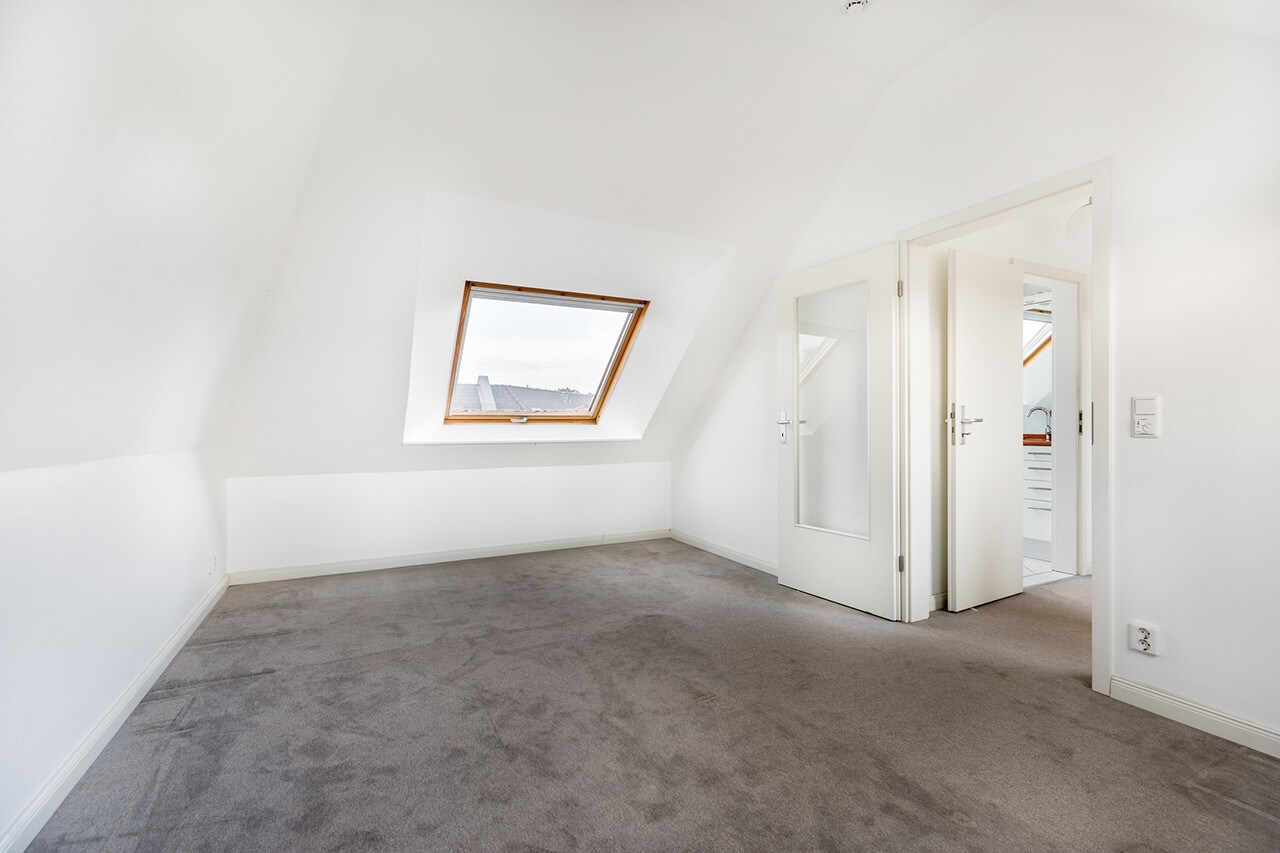


0 thoughts on “How Much Does It Cost To Have A Paver Patio Installed”